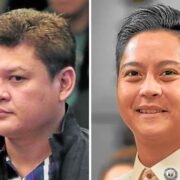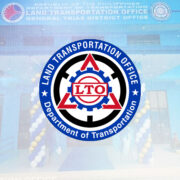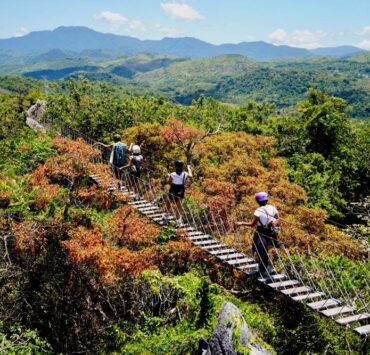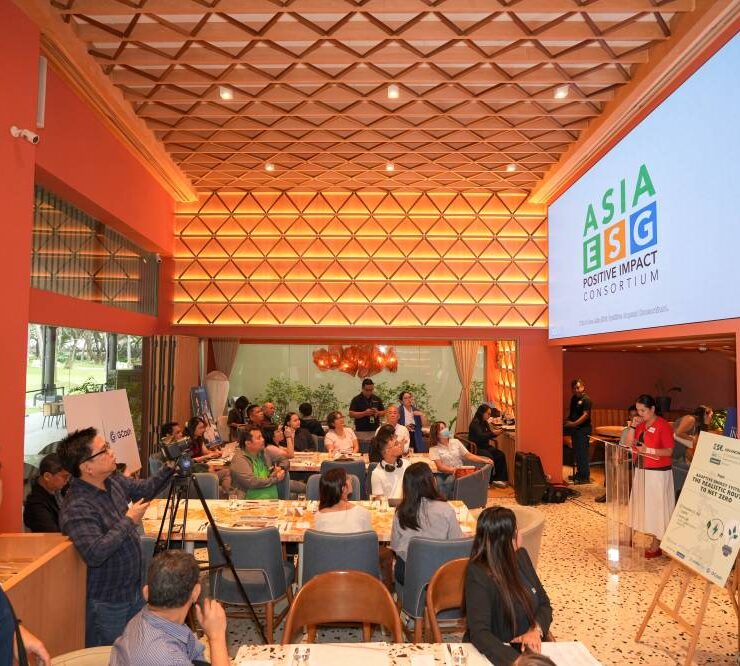From mangroves to meals
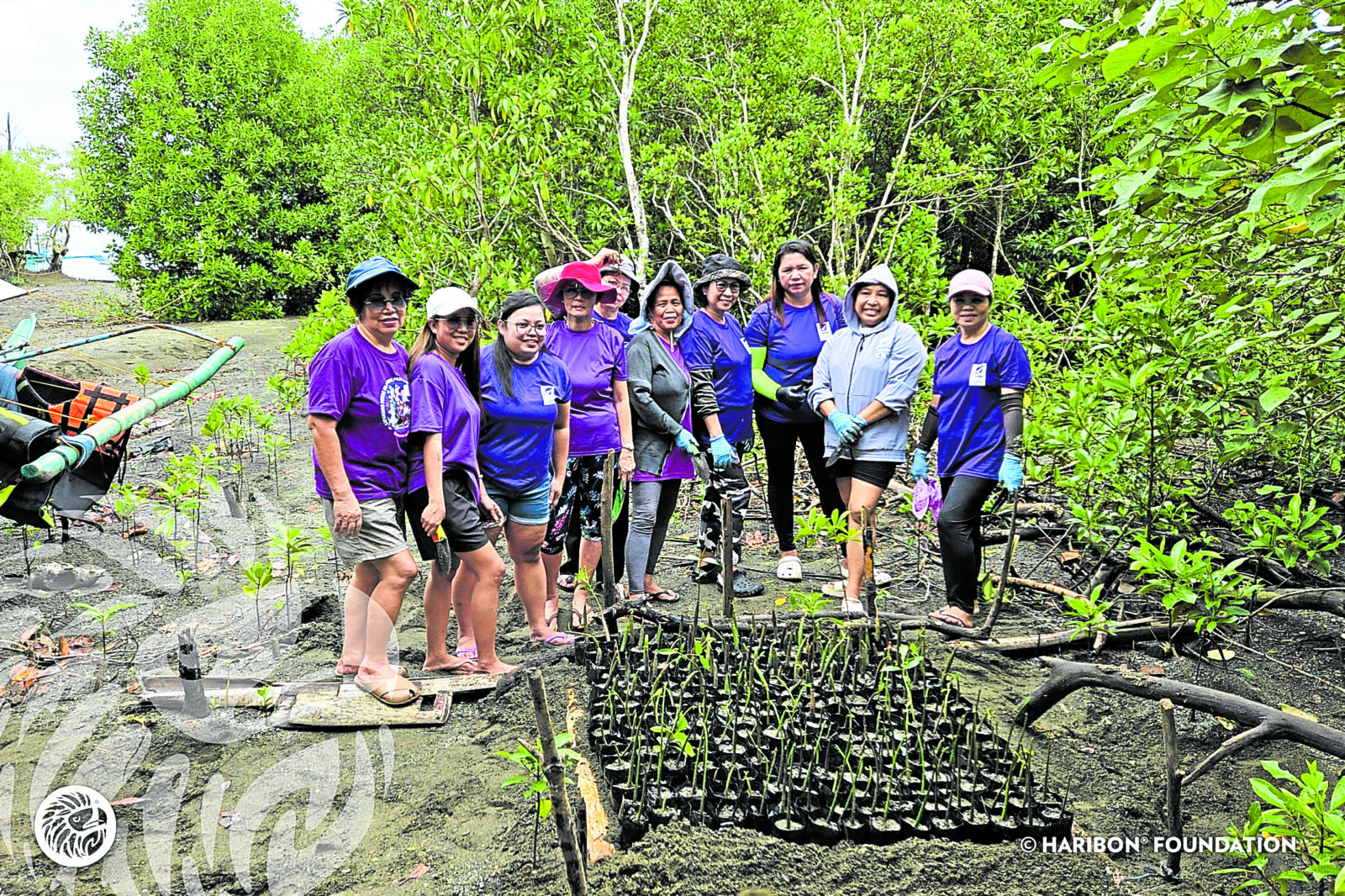
In the coastal municipality of Real, Quezon, there’s a long-practiced but lesser-known form of sustainability. Along its shorelines, mangrove forests thrive, cared for by the very people who rely on them. Among these caretakers, the women of the community have long played a vital role.
Mangroves do more than prevent coastal erosion—they provide natural protection against storms and serve as critical habitats for biodiversity. Across several barangays in Real, women have taken the lead in caring for mangrove ecosystems—planting and protecting trees, gathering resources responsibly, and preserving practices that ensure both food and ecological balance.
As these women care for the mangroves, the mangroves, in turn, sustain them.
“The mangroves provide coastal and marine animals a home and a breeding ground, which in turn supports our livelihoods and provides us with food,” said Demie Shane Bataller of Barangay Cawayan.
The mangrove forests of Real support a variety of edible resources, including shellfish like “sihi” (and “sihing dapa”), “bangkalan,” and “paros,” as well as fruits from the Busain tree, a lesser-known mangrove species. These are harvested in moderation, with deep respect for the ecosystem.
They are then transformed into hearty, traditional meals: “Sihi” is often used in sinigang or ginataan, while “bangkalan” and “paros” are sautéed with ginger or added to sotanghon noodles. The busain fruit is dried and cooked in coconut milk to create another version of ginataan.
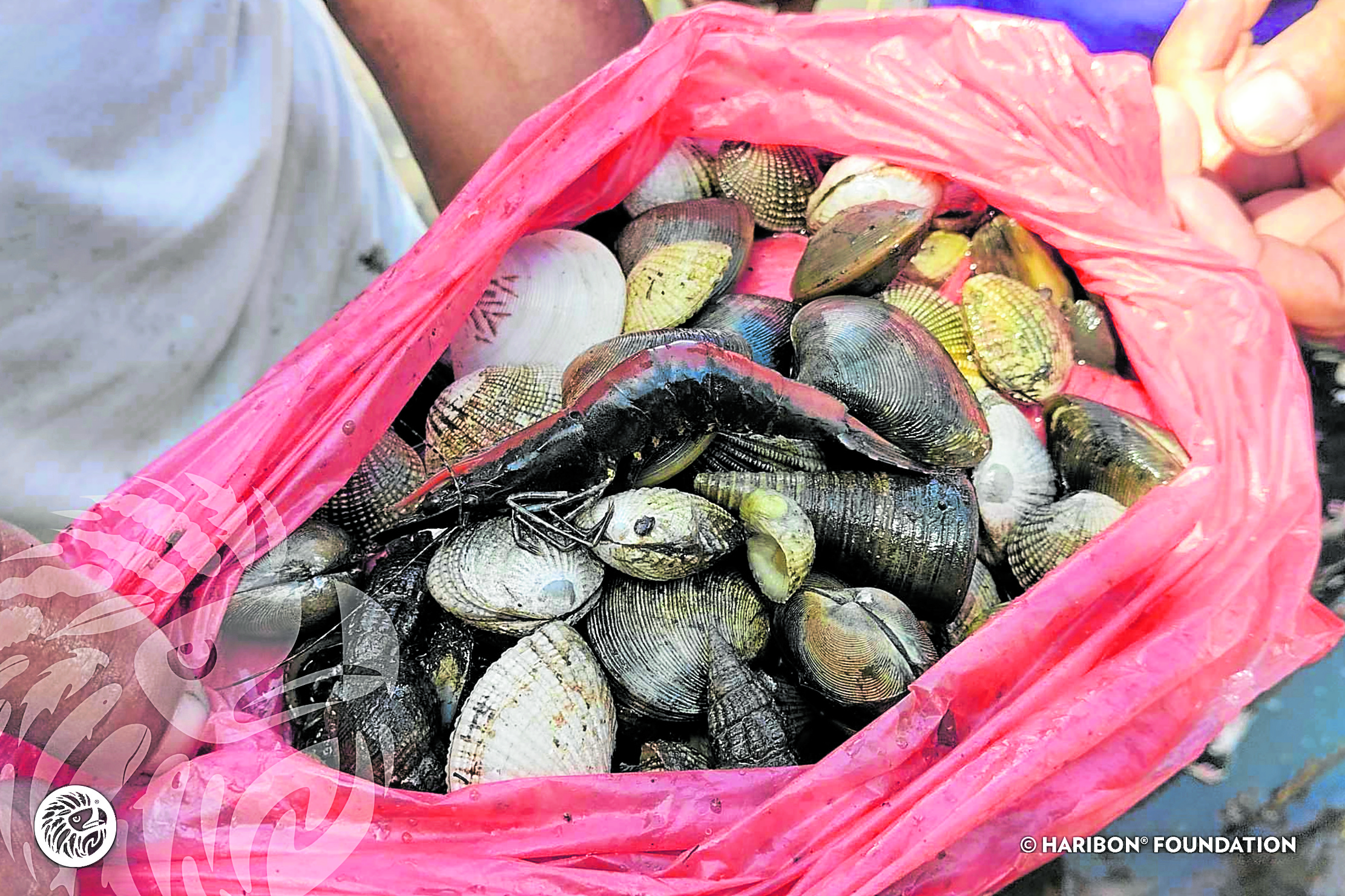
Nature’s balance
These dishes are more than just sustenance—they represent a way of life that honors nature’s balance.
This quiet practice reflects the essence of Responsible Consumption and Production (UN Sustainable Development Goal 12). Sustainable living doesn’t always come from high technology or top-down policy—it often begins with a deep understanding of the land and sea, strengthened by inclusive governance that values the voices and leadership of those who live closest to nature.
“Other species of mangroves like Nipa or Sasa also provide livelihood for people, as they are used to make roofing materials that can be sold, as well as vinegar and liquor,” said Edna Azogue, also of Barangay Cawayan.
These long-standing practices have been further strengthened through the WePhili Project, a partnership between Haribon Foundation and Greenseed that builds women’s leadership, deepens environmental knowledge, and supports community-led conservation. Additional support from Deutsche Bank has sustained their efforts, funding seedling production, cleanup drives, forest guarding, and livelihood programs that allow women to focus more fully on protecting their forests.
“Mangroves help balance our ecosystem… Aside from being a source of food, they also protect us from strong waves and storms. As women, we are especially affected when nature’s balance is disrupted, because we are the ones who prepare what our families need,” said Rhea Castillo of Barangay Ungos.
These practices show that responsible consumption and production can be achieved when guided by local knowledge, community values, and commitment to future generations. In a world increasingly strained by overconsumption, the women of Real remind us: Sustainability isn’t a trend, it’s a way of life.
When we protect nature, it provides.





